Jig and Rod Match
Sato Sensei found that it’s when the jig is free on its side, either swimming or falling, that you get most contacts. That is why slow pitch jigging uses a center-balanced jig with one side flat and the other fat. It’s stable to be lying on its side when free. Sato Sensei points out that you get 70% contacts when the jig is falling. All the slow pitch jigs have different shapes and balances for the falling performances like a weak, hesitating, scared, crippled or dying bait fish. They also have different properties for uplifts. Some slash through the water and then slide and swim on its own. Some hesitate and suspend, and then fall backwards sliding through. Some wobble and rock to fall slowly. All different kinds of patterns to perform in a horizontal position. Some work great in hangtime after uplifting. Some work great in falling.
Tackle Balance
You would want to match the jig weight to your rod in accordance to all the different properties of the jigs and also to the different conditions. Your tackle balance always match your tactics and the condition. It’s an art work. Not simple. But so much fun if you know what you are doing.
Action Tone + Change of Pace (COP)
What you always want to take into your consideration of your tactics is “change of pace” of jig movements. COP triggers the predator fish to react and chase. What kind of COP do you want to play? That is a major factor in your action tactics.
If you want to focus on “hangtime” after the lift, you want to use a lighter jig to your rod power, which is what I call “strong action tone“. The rod has enough power to lift the jig fast, and it whips the jig free for swim to slow down. Then it accelerates fast to fall. This is a typical tactic with Spunky.
If you want to focus on fast falls, you want to use a heavier jig to the rod power, which is what I call “soft action tone“. The rod is relatively soft to the jig weight, so that the lift is slow. At the end of the quiet lift, the jig only hovers a little, then it falls fast in different attractive patterns. It lifts slow and falls fast. This is a typical tactic with Gawky.
When to go slow and when to go fast?
Always accelerate to fast and decelerate to slow.
This is how you use COP. If you don’t have this in mind, you may end up going always fast, fast to go up, fast to go down, no acceleration or deceleration because your rod is not whipping. The fish won’t come to bite you. The fish will think you are plain crazy.
Stay tuned with the water
Choosing the right action tone is the heart of SPJ. But it’s not easy because the action tone changes in accordance with your drift and the ocean conditions. It’s not a simple math.
- When you are not vertical, the water feels heavy. You are not vertical when your boat is being pushed by the wind, away from your jig.
- When you go deep, the water feels heavy. because your long line needs to move in a lot of water.
- When you use heavy line, the water feels heavy.
- When the upper current which moves your boat and the lower current which moves your jig are different, the water feels heavy.
- When you have all of above situations, the water feels super heavy. And when you don’t have these situations, the water feels light.
This “water weight” changes the action tone.
For example, say, I have a 210g jig on 603-4 rod at 100 meters. Am I in strong, medium or soft action tone? In my sense, based on an assumption that I’m on a controlled drift with a spanker, which is the most efficient way to stay vertical, it is medium action tone. But if I go shallower, this will be strong action tone. Vice versa if I go deep. If I have complex currents, I may decide switch to a heavier jig to play soft action tone, or I may switch to 603-5 rod and playing medium action tone with a 230g jig.
You have to feel the water and change your tackle balance accordingly. This is what sets the experts apart from the rest. This is a listening skill. And this is what I always encourage the beginners to train themselves for. And I always recommend to buy only a few types of jigs but with many different weights, rather than buying a bunch of different unknown jigs. This way will help you build up the sense to read the water.
If you don’t know how to start, don’t hesitate to contact me, I’ll be happy to help you. You need to tell me the followings.
The rod model selection depends mainly on the following factors.
- What is your main depth range? If you narrow it to a 30 meter range, what would that be?
- How is your boat operating while fishing? Free-drifting? Drifting with sea-anchor? Or controlled drift by the captain?
- What are your main targets? Pelagic fish? Demersal fish? Or both?
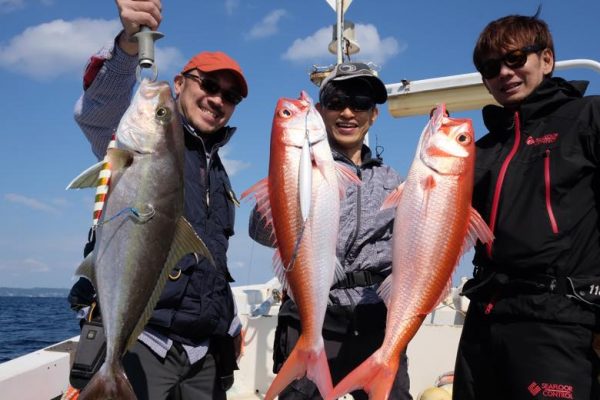
Action Tone by Rod Jig Match
Here is the list of my personal reference of Slow Jerker for example.
| Rod | Strong Setting | Medium Setting | Soft Setting |
|---|---|---|---|
| 603-2 | 60g – 80g | 80g – 120g | 120g – 180g |
| 603-3 | 80g – 130g | 130g – 180g | 180g – 300g |
| 603-4 | 100g – 150g | 150g – 220g | 220g – 400g |
| 603-5 | 120g – 180g | 180g – 250g | 250g – 500g |
| 603-6 | 150g – 230g | 230g – 300g | 300g – 600g |
| 600 | 180g – 270g | 270g – 350g | 350g – 800g |
If you are getting the first SPJ rod, I recommend 603-4 or equivalent Power 4 rod and to explore the depth between 50m to 80m. Especially if you are free-drifting, don’t go deeper. Make 10 trips with a few jigs of different weights. Whether or not you get the fish, just keep paying attention to how the jig feels in different water conditions. Just build up your sense. Of course, you need to practice SPJ actions, with reeling when you lift the rod and not reeling when you lower the rod, and with having the rod end under your elbow. You probably need a couple of trips just for the action.
Jig Types and Characteristics
All the slow pitch jigs have different characteristics. I think Seafloor Control and Deepliner are the best slow pitch jigs in the world. Based on hundreds of field tests for each jig and weight, they design each jig with specific purpose and characteristics.
And they don’t want unpredictable movements. You don’t want your target fish to think your jig is just plane crazy. The random unpredictable movements may look good in human eyes first. But COP needs to happen in the predictable pattern of movements. Your jig needs to look lively, but somewhat predictable and seizable to your target fish.
No one designs the jigs at this high level of professionalism like Seafloor Control and Deepliner.
The following is the example of Seafloor Control jigs.
- Gawky works well with soft action tone
- Cranky works well with soft to medium action tone
- Rector works well with all action tones
- Spunky works well with strong action tones
- Arc works well with all action tones
My Set-up Variations
My main depth is usually 100m to 130m in Okinawa subtropical waters. The boat controls the drift with the spanker sail. Below charts show my tactics in different situations. I would try the 1st line first, if it doesn’t work, try the 2nd line.
Moderate Water Situation
Fish can be active and the situation allows anything you want to try.
| Rod | Line | Jig | Tactics |
|---|---|---|---|
| 603-4 | PE2.0 | Arc 230g | Try different actions to see what works. |
| Rector 210g | My favorite jig to try different actions | ||
| Spunky 180g | Focus on uplifting and long slides. Try to switch on the fish with energetic movements. | ||
| 603-3 | PE1.5 | Cranky 230g | Play short, quick actions for hesitation movements. Assuming that the targets are not aggressive to take much risks. |
Heavy Water Situation
Big fish can be active in the strong current, but also it’s possible that the current may be too strong for many fish to be active.
| Rod | Line | Jig | Tactics |
|---|---|---|---|
| 603-4 | PE2.0 | Arc 260g | Try different actions to see what works. |
| 603-6 | PE2.0 | Arc 240g | Try different actions in stronger action tone. |
| Spunky 210g | Try energetic actions, making sure the jig is working against heavy water, and hoping big ones are around. | ||
| 603-4 | PE1.5 | Gawky 300g | Focus on slow movements and falls. |
| Cranky 260g | Small lifts with short, quick actions. |
Light Water Situation
The current can be loose and fish is not active. This is an opportunity that SPJ can show the difference.
| Rod | Line | Jig | Tactics |
|---|---|---|---|
| 603-3 | PE2.0 | Arc 200g | Try different actions to see what works. |
| Rector 210g | Try different approaches from energetic uplifts and soft falls | ||
| 603-4 | PE1.5 | Cranky 230g | Small lifts with short, quick application. |
| 603-3 | PE1.5 | Gawky 220g | Focus on soft movements and falling. |
Slow pitch principles do not tell you what to do.
Slow pitch principles teach you how to make choices and give you freedom. Trust your senses and hunches.
The above chart is just examples, just for those who don’t know where to start. Do not let it limit your own tactics.
A lot of time I change it purposefully. I sometimes use 260g Gawky with 603-3 in 50m deep. Sometimes I use 100g Rector with 603-6. The combinations are unlimited. And the currents and the fish tendency are never the same. You just need to drop and dance to see for yourself.
When you get a hit, that is your answer. But that does never mean it will work tomorrow. It only means you just found one of your successful tactics. The fun part of this game is that you are aware of what you are doing and changing it purposefully. Have fun!
Hope the information helps you! Good luck!
Related Posts
8 Comments
Leave a Reply Cancel reply
Categories
- 1. SPJ (57)
- 1-1. Principles (9)
- 1-2. Techniques (11)
- 1-3. Setup (17)
- 1-4. FAQ (19)
- 1-5. Tackles (3)
- 1-6. Video Gallery (2)
- 2. Other Offshore Games (5)
- 3. Fishing Report (105)
- 3-1. Totos (25)
- 3-2. Readers (72)
- 4. Fish Cooking (19)
- 4-1. Iki-Jime (3)
- 4-2. The Art of Sashimi (5)
- 4-3. Recipe (7)
- 4-4. Seasoning (3)
- 5. Fishing Charter (6)
- Fish (12)

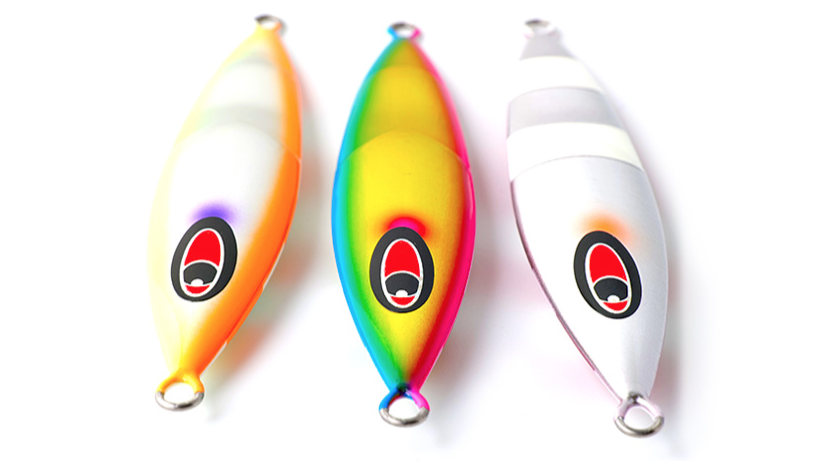
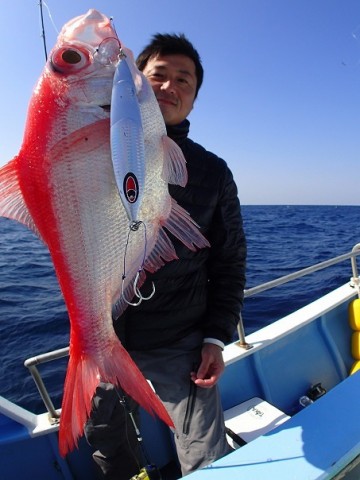

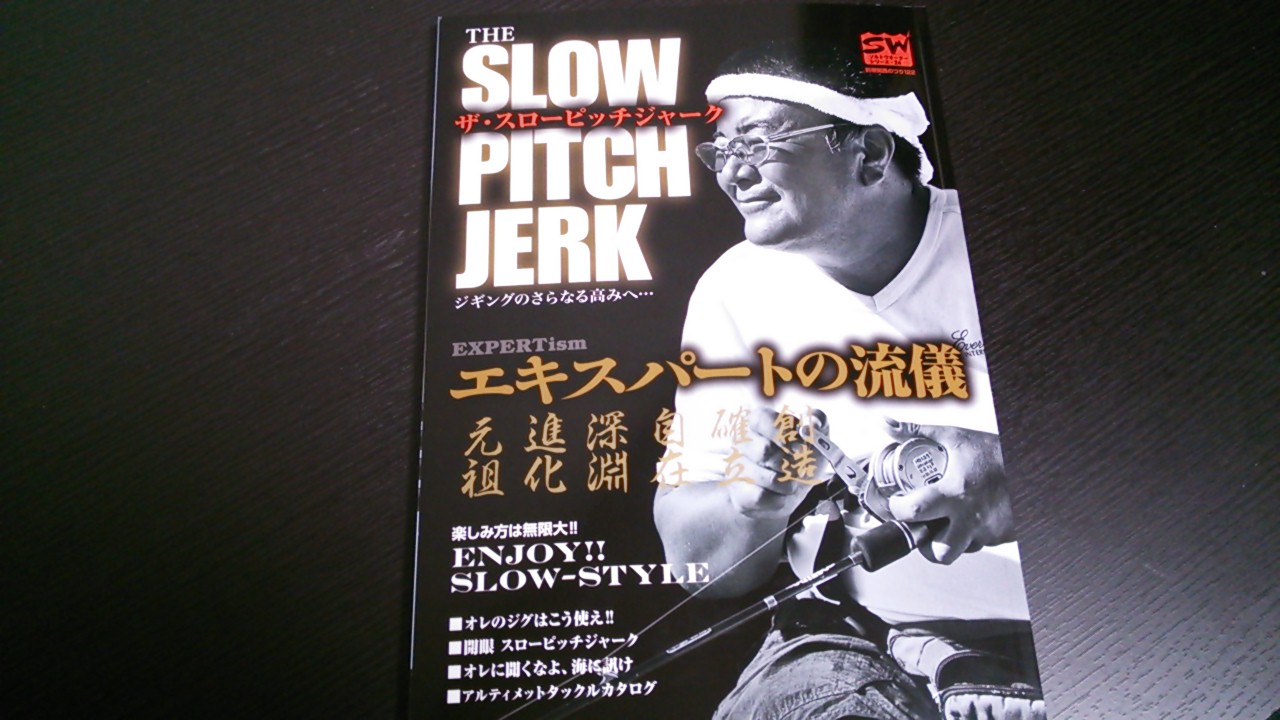
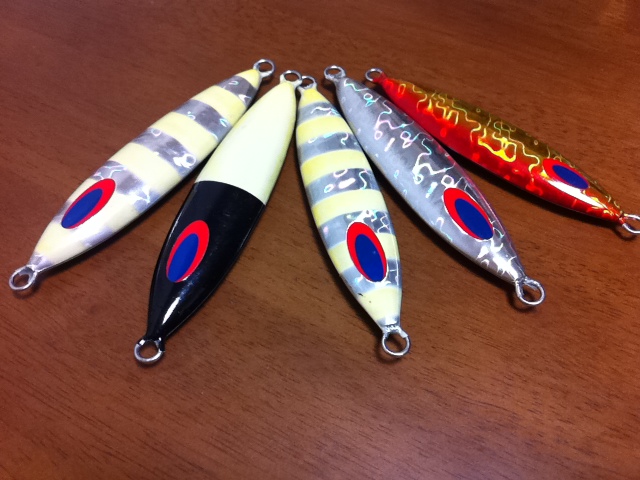
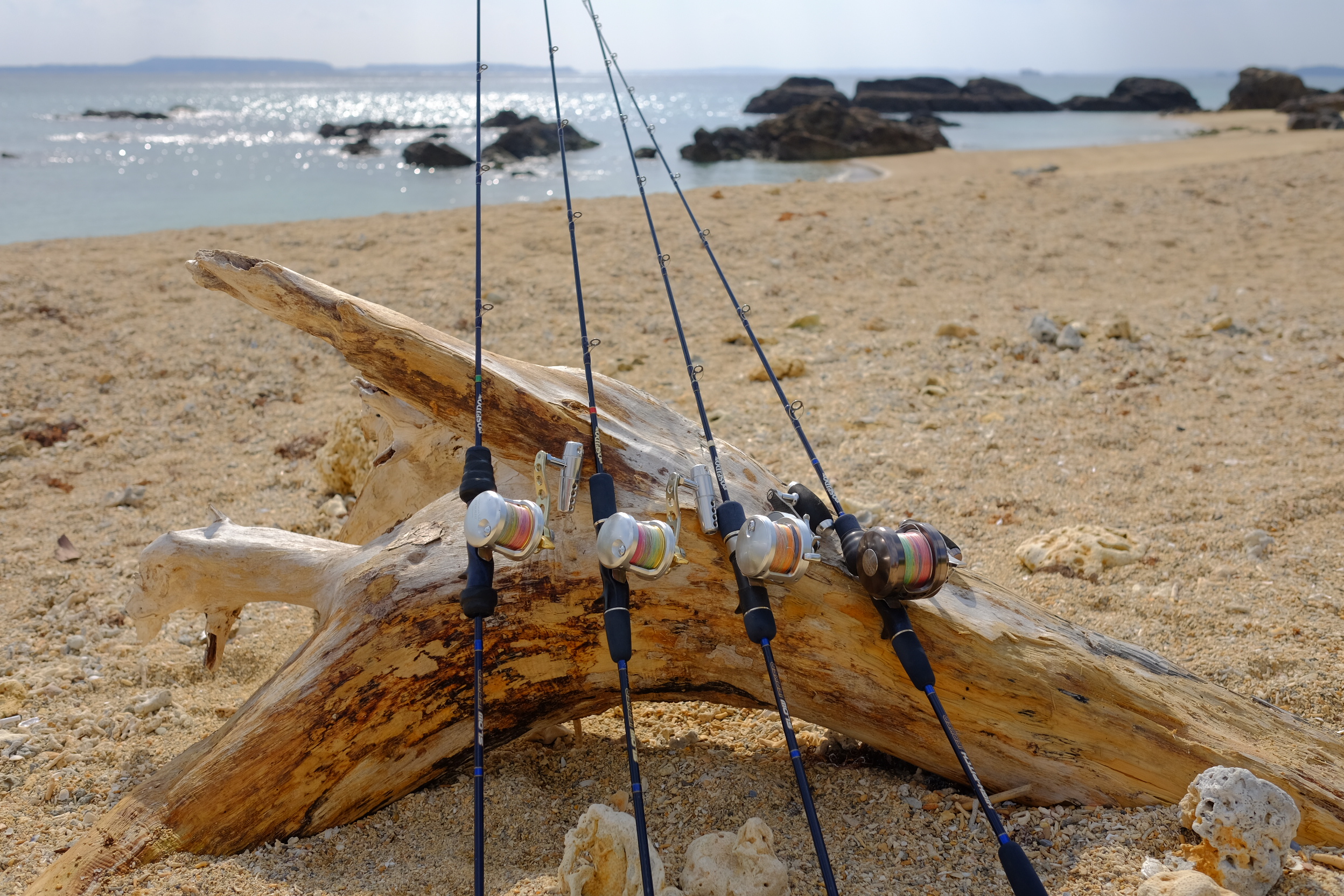
Excellent account of tactics.
Thanks for sharing
Thank you for your comment Dimitri.
I hope this information helped you. It just a reference and something to give you an idea only until you actually get contacts and build up your own references.
Good luck!
You are the man, here the difference than others that Mr. Totos wants us to learn and Get experiance, others may be give you information but it can’t help in cases of different condition, Thanks again
Hi Ahmed.
Thank you very much for your compliments.
When I was starting to learn slow pitch jigging, I had a lot of troubles understanding these concepts. Because the information was all bits and pieces and no one seems to explain with integrity. Now I love to share my findings with you guys.
why 603-5 is not in the list ?
Good point.
Well. 603-5 was the latest addition. We have 603-1.5 too. I was going to write about it when I get it, but I’ve never come around to that. It’s just lazy of me.
Hi Totos
For 603-1.5 from 30-70g , which you said before slow jigging in not suitable for that small jigs ?? could you clarify please
Hi Ahmed.
You can think of slow pitch jigging actions like this.
There’s a line. There’s a rod in one end, and a jig on the other end. The rod (with its spring power) and the jig (with its gravity) pull each other alternatingly. In slow pitch jigging, there are many moments of suspension when the line is not pulled from either ends. That is actually the purpose of slow pitch jigging and we try everything to maximize those suspended moments because we believe those moments are when the fish bites.
Now, slow pitch jigging becomes the most effective when these pulling actions from both ends and suspensions become clear and definite. But there is an obstacle to it. It’s the water influence. The water pushes the line and tries to cancel the pulling actions and suspensions. So when the jig weight is light, there’s less pulling downward to keep the line straight.
Look at Seafloor Control and Deepliner line-ups. The smallest size is 60g. When you are in the shallow waters, on the spankered boat to keep you vertical, and the condition is very slow, sure, 603-1.5 with 60g is possible and it’s very fun little light game. But when you go shallow like 40m, we do free-drifting because we don’t want to run the engine in that depth. That makes it non-vertical, unless you have super slow condition, and you will be forced to use heavier jig and rod. So, even in Japan where all the jigging boats have spanker sails, there are not many occasions we use 603-1.5 or 60g jigs. That is why I don’t recommend for free-drifters to buy 603-1.5 or such light jigs as your main tackle, no matter how shallow you fish.